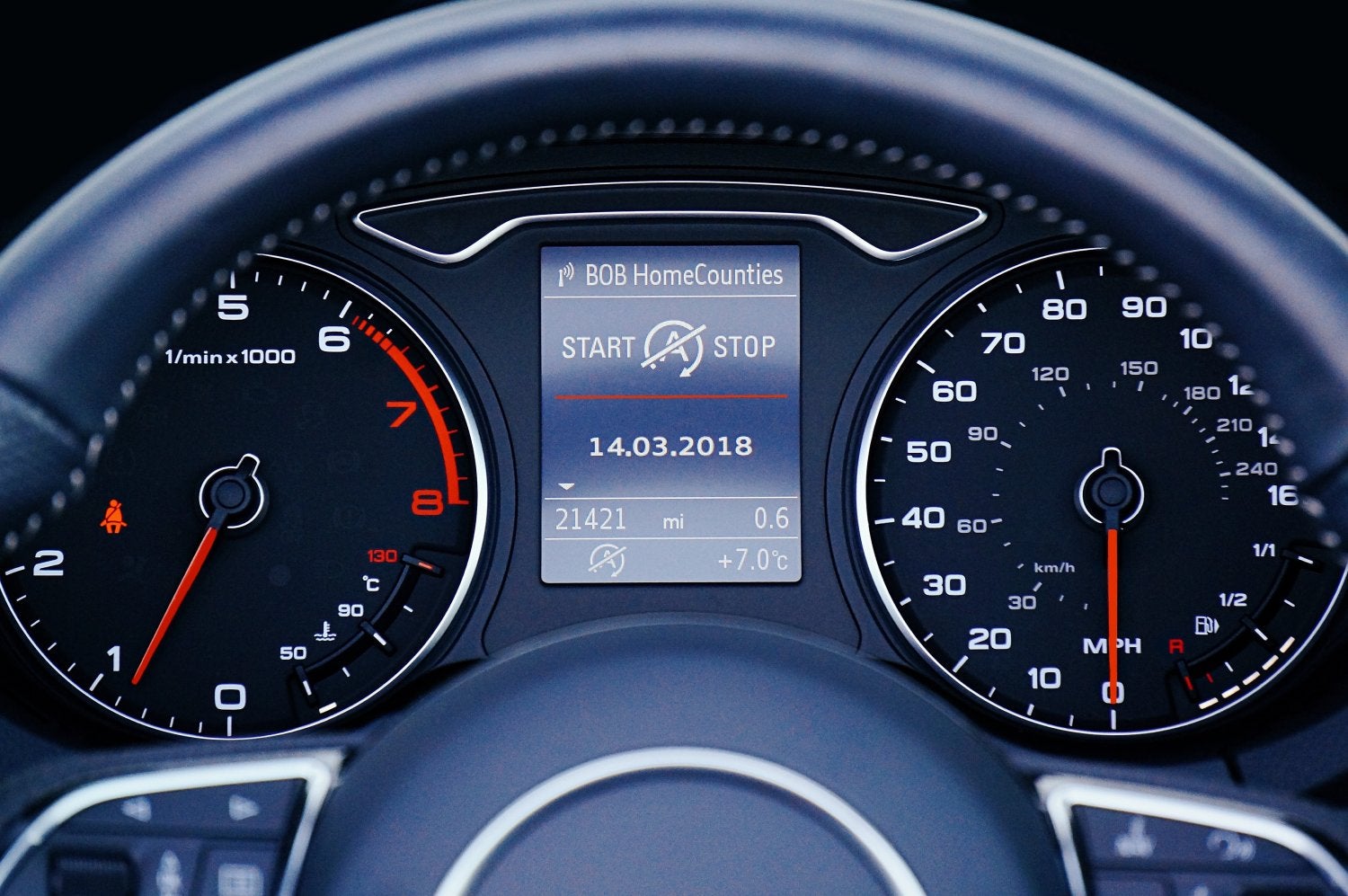How and When to Change Your Oil
When it comes to car maintenance, changing your oil is one of the most fundamental things you can do to make sure your car goes the distance. Most retailers and quick-change shops will recommend that on average, a car's oil should be changed approximately every 3,000 miles or every three months, whichever comes first. While that can be a good general principle to adhere to, there are several variables to take into consideration when deciding how often you should change your car's oil. Average driving distance, engine temperature and whether your oil is conventional or synthetic can all have an impact on how often you get an oil change and what kind of oil you use. Here are a few things to think about before you invest the time and money needed to keep your car at peak performance with an oil change.
Driving Distance
Although the standard is 3,000 miles or three months, the frequency and distance with which you drive could impact those benchmarks significantly. Some owner's manuals suggest getting your oil changed every 5,000-7,500 miles or every six months, and still other modern makes recommend an oil change every 10,000-15,000 miles or once a year, especially if they use a synthetic oil (more on that later). On the lower end, there may also be some vehicles that would benefit from an oil change every 1,000 miles, however often that is.
The reason for the wide variation has much to do with how far you drive your car when you get in and go. Though it may seem counterintuitive, drivers who travel an average of under 10 miles per trip will likely need to get their oil changed more often, as short-range distances do not afford your engine enough time to warm up to a sufficiently high temperature to burn off condensation, which causes your oil to break down faster. This sort of short-range driving also typically requires more stopping and starting, which places more stress on the engine and oil. Those who find themselves driving longer distances at a more uniform speed (like on the highway) will put less stress on their engine, and may be able to stretch the 3,000 mile standard to the 5,000-7,500 mile/every-six-month range.
Conventional, Synthetic or Blended
Vehicles that use conventional oil are less likely to be able to go without an oil change for up to 10,000-15,000 miles than synthetic oils. The higher refinement grade and improved molecular structure of synthetic oils bring multiple benefits to your car, including:
- Fewer emissions
- Better fuel and oil economy
- Decreased engine wear as a result of less friction
- Reduced engine drag due to decreased oil thickening
- More uniform performance
- Superior endurance under extreme temperatures
- Less engine sludge and greater deposit removal
Add to the list the fact that some extended performance synthetic oils only need to be changed every 15,000 miles or once a year, and the benefit of synthetic oil changes for your car becomes evident. It's true that synthetic oil can cost 6-10 times more than conventional oils, but the reduced number of oil changes may easily offset the cost. As an added benefit, synthetic oils are also more environmentally friendly, and for those concerned about the planet any extra cost may be well worth it.
If you don't need the most premium synthetic oil on the market and would like something more affordable but still possessing some of the improved lubrication properties of a synthetic oil, blended oil options combining synthetic and conventional oils can also go a long way in reducing your oil change frequency. You may not get 15,000 miles out of each oil change, but 7,500-10,000 can be a reasonable expectation depending on the model.
When to Change
Most cars today have electronic oil monitoring systems that notify the driver when an oil change is needed. Nevertheless, a classic dipstick check is always helpful in determining if you need to add more oil or need an oil change. If you're uncertain if you have an electronic oil monitoring system or should just check your oil using your dipstick, your owner's manual can provide you with that information. If you do check it manually, here are a few things to look for:
- If the oil level doesn't reach the last line of the dipstick, you probably need to add more oil even if you don't need an oil change. If it doesn't reach any of the lines, you likely need to add at least one quart.
- Examine the color of the oil, as it should be a glossy, nearly transparent brown color. If it has a thick, sludgy consistency, you need an oil change. (Another symptom: take note if the oil smells odd, as some oils omit a rotten cheese-like odor when they need changed.)
- While you're examining your oil, make sure it doesn't have a milky appearance or consistency to it, as this can be a sign that it has mixed with your coolant, and you may have a blown gasket or other more serious issue. If this is the case, take it to your trusted mechanic immediately!
If you're going to take your car in for an oil change, a filter replacement and multi-point inspection would likely be a good idea too.
Vehicle maintenance is a must for keeping your car up and running, and can save you thousands in repairs that could have been avoided. Don't get stranded from poor vehicle maintenance; get the most out of your oil, and let our certified technicians give your Dodge, Jeep, Chrysler, Fiat or RAM the affordable service you need for your car to conquer the road!






